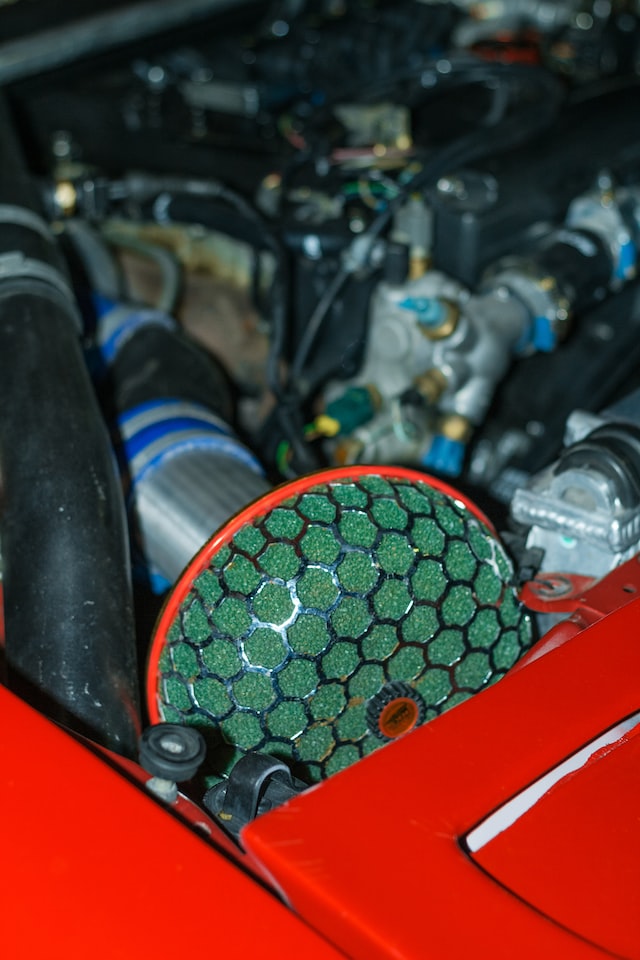What Are Industrial Air Filters?
Industrial air filters remove solid particulates and molecular contaminants from the airstream. As a result, it helps improve indoor air quality in facilities or environments.
Industrial air filters are a necessary part of any industrial ventilation system. A properly designed filtration system maintains the cleanliness of the HVAC system, improves Indoor Air Quality (IAQ), and reduces energy costs.
Industrial air filters are devices used to enhance air quality by removing solid particles and molecular contaminants from a system or environment. Air filters are generally made of a strong frame filled with filter media and sealed to prevent leakage between the frame and the media. Some filters may additionally have a faceguard, a screen connected to the filter to protect the media during handling, and a gasket to prevent leaks between the filter frame and its housing.
Various filters are available, including electrostatic, mechanical, and HEPA-rated types. The type that’s right for you depends on your needs and budget.
Media
Depending on their application, industrial air filters may use one of many types of filter media. Organic materials such as activated carbon or charcoal, granular sand, and paper are popular options. Synthetic media like fiberglass are often used for more high-pressure filtration applications.
Filter media consists of an array of interconnected media fibers that work to trap particulates. These filtration media can be arranged in several ways to maximize airflow, reduce air resistance and increase the filter’s particle-holding capacity.
Some filter media are arranged into pleats. This arrangement, when combined with a supporting structure, can help increase the surface area of the filter.
Filter media can also be arranged into v-banks. This arrangement can achieve a higher amount of media area than a typical deep pleat filter, which helps to reduce air resistance and increase particle holding capacity.
The filtering media in industrial air filters, such as those in industrial air filters Richmond VA, is the primary component that catches contaminants. It comprises a combination of synthetic fibers or mesh perforated to capture and trap airborne particles. It measures the number of particles the filter can remove from a flowing air stream at a specified airflow rate. This characteristic is essential for the entire life of the filter.
Filter media comes in many different forms and materials. Commonly, it is composed of a blend of cotton/polyester and synthetic fibers. In addition, it is bonded to a chemical adhesive or resin.
Pressure Drop
Pressure drop is an essential factor to consider when selecting industrial air filters. It affects the energy required to maintain a consistent airflow through the system and the longevity of your filter media.
Filters have an initial pressure drop (initial resistance) when they are new, and a final pressure drop (final resistance) once used and loaded with trapped particulate. It is the reason it is so important to change your filters regularly.
The pressure drop of a filter varies according to the material used and its efficiency rating. It can also be affected by a filter’s size and how often it is cleaned.
Pressure drop can be measured directly by piercing a static pressure probe through the filter grille and into the filter media. This test will not alter the system’s operating conditions, so it is a great way to verify that your air filters meet design requirements.
Pleat Style
Pleat-style filters are designed to hold more dust and debris than their non-pleated counterparts. They use premium synthetic fiber media pleated into an accordion or pleat-style pattern to create more surface area.
The media is adhered to an expanded metal backing and is housed in a heavy-duty die-cut beverage board frame for added structure and support during use. These filters are ideal for removing fine dust, pollen, pet dander, and bacteria.

